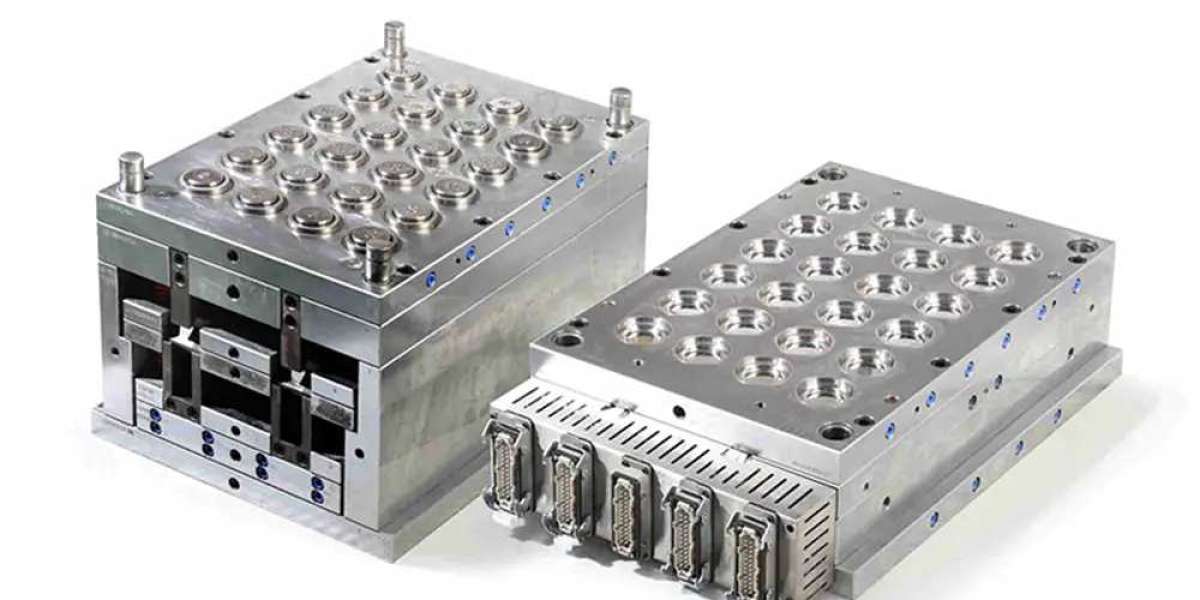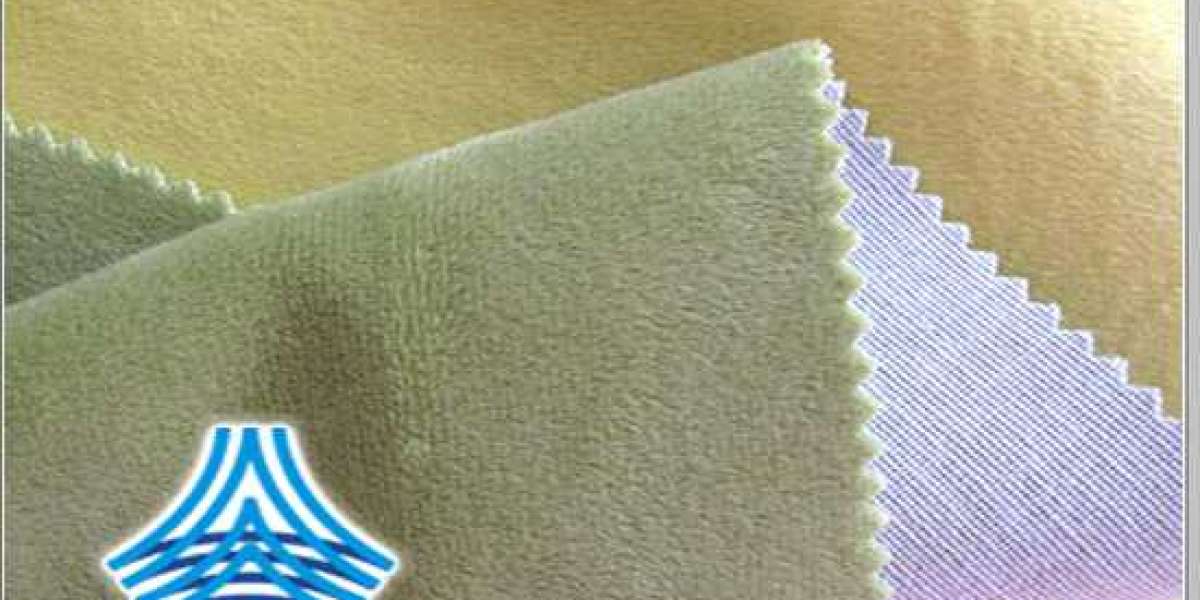Bulk Cosmetic Raw Materials Product introduction: Tranexamic acid, also known as tranexamic acid, is a synthetic lysine derivative. The molecular formula is C8H15NO2, the chemical name is trans-4-aminomethylcyclohexanecarboxylic acid, and it is a white crystalline powder, odorless, The taste is slight. Soluble in water, almost insoluble in ethanol, acetone, chloroform or ether. Tranexamic acid powder functions and applications : Cosmetics Numerous studies have shown that tranexamic acid has good effectiveness in reducing pigmentation, and many well-known skin care brands have incorporated tranexamic acid into their whitening and blemish-reducing product formulations. Medicine field The chemical name of tranexamic acid is trans-4-aminomethylcyclohexanecarboxylic acid (tranexamicacid), also known as hemostatic acid. It has significant antifibrinolytic activity, can stabilize fibrin, and is an effective hemostatic agent for bleeding caused by disorders of coagulation factors, platelets, vascular factors and tissue factors. load. The hemostatic effect is only effective for the trans compound, and the cis compound is almost ineffective, and the former is about 50 times stronger than the latter. Tranexamic acid capsules are commonly available in the market. Extraction process : There are many preparation methods of tranexamic acid reported at home and abroad, mainly including the following: 1. Methyl acrylate method Taking methyl acrylate and chlorobutadiene as starting materials, tranexamic acid is obtained through cyclization, cyanation, catalytic hydrogenation, hydrolysis and transformation. This method is not suitable for industrial production because it requires the use of highly toxic cyanide and heavy metal copper, which pollutes the human body and the environment. 2. p-aminomethyl benzoic acid method In this method, p-aminomethylbenzoic acid is used as the starting material, and tranexamic acid is obtained by catalytic hydrogenation and transformation. The catalysts are usually precious metals such as pt, rh, and ru, which lead to relatively high production costs. At the same time, there are many deamination impurities generated by this method, the purification is difficult, and the production efficiency is low. 3. 4-(acetamidomethyl) benzoic acid method Chinese patent document cn103172528a discloses a kind of tranexamic acid obtained by using 4-(acetamidomethyl)benzoic acid as the starting material, through catalytic hydrogenation, one-step deacetylation transformation, p-toluenesulfonic acid salt formation, and resin exchange refining Methods. The raw material 4-(acetamidomethyl)benzoic acid used in this method has limited sources, is difficult to obtain, and is also not suitable for industrial production. 4.1,4-cyclohexane dimethanol method Indian patent document in2010ch03367 discloses a preparation method using 1,4-cyclohexanedimethanol as a starting material, comprising the following steps: 1,4-cyclohexanedimethanol reacts with sodium bromide to generate 4-bromomethyl Cyclohexylmethanol, 4-bromomethylcyclohexylmethanol and tempo react to generate 4-bromomethylcyclohexylcarboxylic acid, and 4-bromomethylcyclohexylcarboxylic acid reacts with ammonia to generate crude tranexamic acid, which is catalyzed Hydrogenation, appropriate solvent extraction yields pure tranexamic acid. In this method, the selectivity of the first step reaction is not good, and the yield is only 43.65%. After the second step reaction, 4-bromomethylcyclohexylcarboxylic acid needs to be recrystallized to remove the cis compound, resulting in a total yield of only 13%. Therefore, the cost of this method is high.Bulk Cosmetic Raw Materials website:http://www.skhealthbio.com/cosmetic-raw-materials/
Search
Popular Posts
-
 Anti-haze and anti-virus mask specially designed for children, unique valve filter design, can be used repeatedly! _Woob
By Deering
Anti-haze and anti-virus mask specially designed for children, unique valve filter design, can be used repeatedly! _Woob
By Deering -
 Supersystem _ 20200215155705.
By Aengaiyu9ok
Supersystem _ 20200215155705.
By Aengaiyu9ok -
 Üsküdar Su kaçak tespiti
Üsküdar Su kaçak tespiti
-
 Fate falls on Korean entertainment
By Deering
Fate falls on Korean entertainment
By Deering -
 Do you really know the guide wire of urology? _ Ureter
By Bourque
Do you really know the guide wire of urology? _ Ureter
By Bourque



